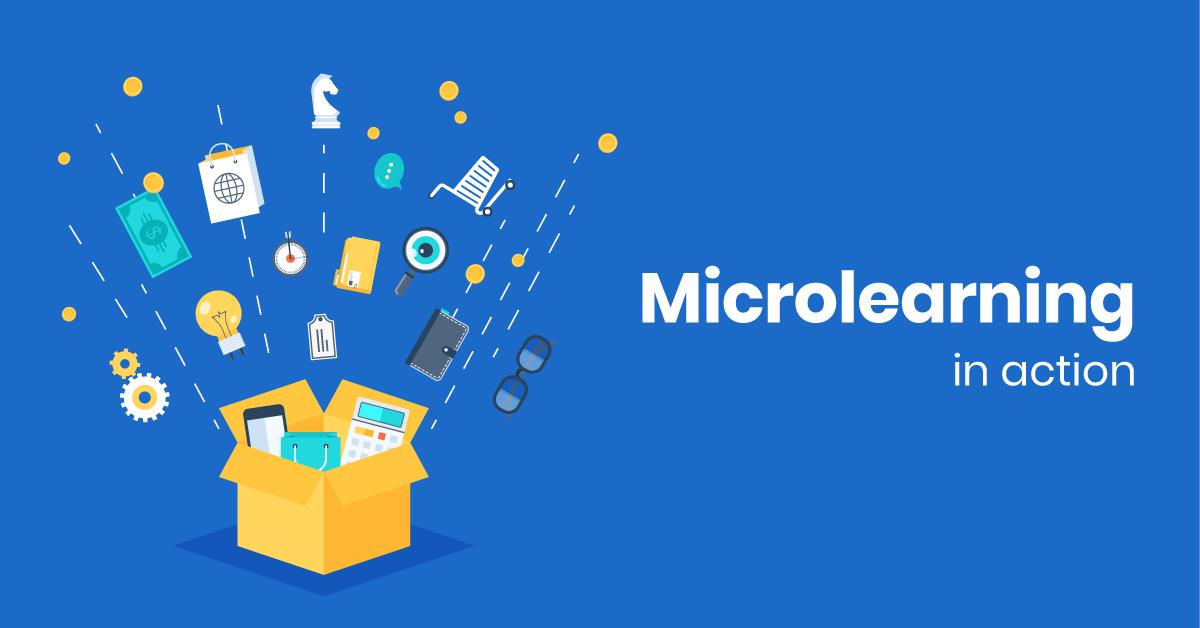How To Apply The Knirk And Gustafson Model In Corporate eLearning
Knirk and Gustafson first introduced their Instructional Design model back in 1986, which consists of a three-step process that focuses on a specific problem or task. It gives eLearning professionals the opportunity to zero in on training challenges using a wide range of research techniques, such as task assessments and learner needs analysis.
This approach is relatively simple and straightforward, when compared to many other Instructional Design models and theories. This makes it a perfect fit for eLearning projects that have a more narrow scope.
Let’s take a closer look at how determination, design, and development can help you to create more meaningful and targeted online training experiences.
This design approach is divided into three distinct phases that you should keep in mind when developing your online training materials and activities:
1. Problem Determination
The first step in the process is to identify the problem, performance gaps, and primary goals. What do your corporate learners currently know and what do they need to know in order to do their job effectively?
One of the most important steps in this stage is conducting a tasks analysis and needs assessment. This will shed light on the skills and information that need to be addressed in your online training program.
2. Design
Once you’ve identified the problem you must move onto the second stage, which is determining which strategies, activities, and materials will solve the problem and fill the performance gaps. This also involves defining learning objectives that align with your online training goals and choosing the ideal multimedia components for the task.
Gathering the necessary resources or consulting with a Subject Matter Expert are other key sub-tasks in this stage of the process.
3. Development
The third stage in the Knirk and Gustafson model involves creating online training materials, conducting user testing, and making the necessary revisions.
In many cases, this will involve prototyping and focus groups in order to produce a polished finished product. After any and all issues have been remedied, the online training activity or module can then be deployed.
How To Use The Knirk And Gustafson Model In Corporate eLearning
1. Conduct task and skills assessments beforehand
Before you can identify the problems that you must address, and the knowledge that must be conveyed, you have to create a “baseline”.
This involves tasks and skills assessments that provide an accurate picture of what your corporate learners know now, what they need to know upon completion of their online training, and how you can bridge the gap.
You can also observe them in the workplace to identify which skills they use on a regular basis and how they actually apply their professional knowledge.
2. Focus on one key task or skill
As this model is best for shorter, more targeted online training activities and modules, you should focus on one primary skill or task for each eLearning project.
For example, if you discover that there are a number of different skills that learners need to develop in order to complete a process, develop a series of online training activities that each pertain to a specific skill.
This also reduces cognitive overload and gives them a chance to absorb the information before moving on to the next module.
3. Identify the ideal tools and resources
In order to create an effective corporate eLearning program you must identify which tools you have on-hand and how they can be used throughout the instructional design process. You should also be aware of which media elements are best for the needs of your corporate learners.
For example, some corporate learners may require an eLearning video while others prefer an interactive online scenario or simulation.
Multimedia is an integral part of the Knirk and Gustafson model. Thus, careful consideration must be given to which resources align with your goals and objectives.
4. Repurpose existing online training materials
In lieu of creating online training materials from scratch, you can also repurpose the online training activities and modules you’ve already developed.
Gather all of the materials you have at your disposal and determine whether they will fit into your current online corporate training strategy. You may even be able to use certain components of these resources or make minor modifications to make them suitable.
In some cases, you may have to completely transform the online training content in order to make it modern, particularly if you are designing a mobile-friendly course.
5. Clearly identify your goals to avoid lengthy revisions
The Knirk and Gustafson model features an evaluation phase, but it comes rather late in the game. In fact, this is one of the most significant drawbacks of this approach.
However, if you take the time to clearly identify your goals and determine the problem, you can avoid a lengthy revision round in the end. Meet with managers, supervisors, and any other team leaders to ensure that there is no confusion of ambiguity beforehand. Carefully analyze the current online training course to identify its strengths and weaknesses so that you can improve upon the existing corporate eLearning program.
This will help you keep revisions to a minimum and make certain that everyone is on the same page before you begin the instructional design process.
There may only be three stages involved in this process, but each step brings you closer to solving organization-wide problems, narrowing skill gaps, and fulfilling the needs of your corporate learners.
Use this guide to apply the Knirk and Gustafson model in your corporate eLearning program and equip your employees with the resources they require to achieve their goals.
The Knirk and Gustafson model is ideal for eLearning simulation and scenario design. Read the article 6 Tips To Create eLearning Scenarios That Offer Real World Benefits to discover useful tips that can help you develop effective eLearning scenarios that offer real world benefits.


